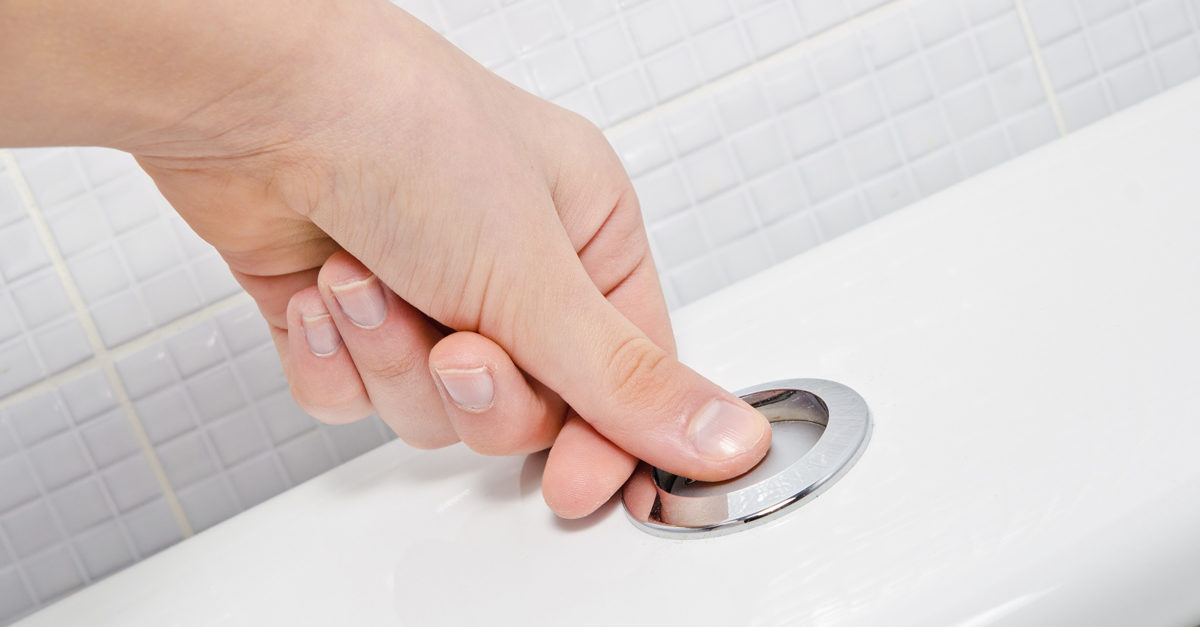Every customer wants a clean facility. But with the number of viruses, bacteria, as well as superbugs in our environment, including some that are now resistant to the antibiotic Colistin, the goal for facility services providers is cleaning for health and proper disinfection.
In talking about this, cleaning professionals do not want to make their fellow cleaners nervous, but rather, observant of their working environment and the importance of their job. Having an office or work area that looks clean is important, but in the cleaning world, what can’t be see can still hurt—and even kill—us.
According to the U.S. Centers for Disease Control and Prevention, Clostridium difficile (C. diff) was estimated to cause almost half a million infections in the United States in 2011, and 29,000 died within 30 days of the initial diagnosis. As a professional cleaner, your job is important.
Proper disinfection is critical in preventing the spread of disease and ensuring that we do our jobs right. Below are several considerations for helping to create a cleaner and healthier facility.
Tip No. 1: Consider the Surface Type
Clean high-touch areas properly during every cleaning service visit. This includes using the proper cleaning solutions and tools. Remember: There is a difference between cleaning and disinfecting. Additionally, many disinfectants target specific bacteria or viruses. To successfully perform your job you’ll need a broad-spectrum disinfectant.
High-touch areas can include doorknobs, arms of reception area chairs, elevator buttons, stair railings, common area telephones, restroom surfaces, coffee pot handles or dispensers, and water cooler handles.
Tip No. 2: Consider the Surface Shape
A tabletop is simple, flat, and easy to clean. However, surfaces like doorknobs have multiple places for dirt and bacteria to hide.
Left undisturbed, on average, bacteria double their numbers every 20 minutes. Some of these can live 6 to 8 months on hard surfaces, such as phones, tables, and door handles. Consider this: If you or a building occupant has something as simple as a paper cut and handles any of these surfaces, the bacteria has found a perfect entry point. Additionally, our bodies offer the ready environment for bacteria to grow: heat, darkness, and moisture.
Tip No. 3: Study Your Product
Every bacteria or virus you are responsible for eradicating is different, and as such, requires different products. For example, disinfectants that combat C. diff require a dwell time of 10 minutes to complete their function. It is also important to understand how the chosen product works. A one-step cleaner will do it all—clean and disinfect in one step—while a two-step cleaner will require a cleaning process before disinfecting.
Tip No. 4: Provide Employee Training
The U.S. Department of Labor’s Occupational Safety and Health Administration’s General Duty Clause outlines a business’s responsibilities for providing a safe and healthy work environment. As a professional janitorial company, certification and training displays both a high level of service and commitment to industry standards for your company and your customers.
The Onus of Proper Disinfection
Business owners are held responsible for a clean and safe environment. Providing a properly cleaned work area is a service that protects the business owner, the employees, and those who visit the establishment.
In the case of Lawrence Tynes, former kicker for the Tampa Bay Buccaneers, a MRSA infection resulted in a lawsuit against the team. In the event someone becomes ill and the lawyers are looking for a party to blame, cleaning performed to some degree may alleviate their responsibility.




